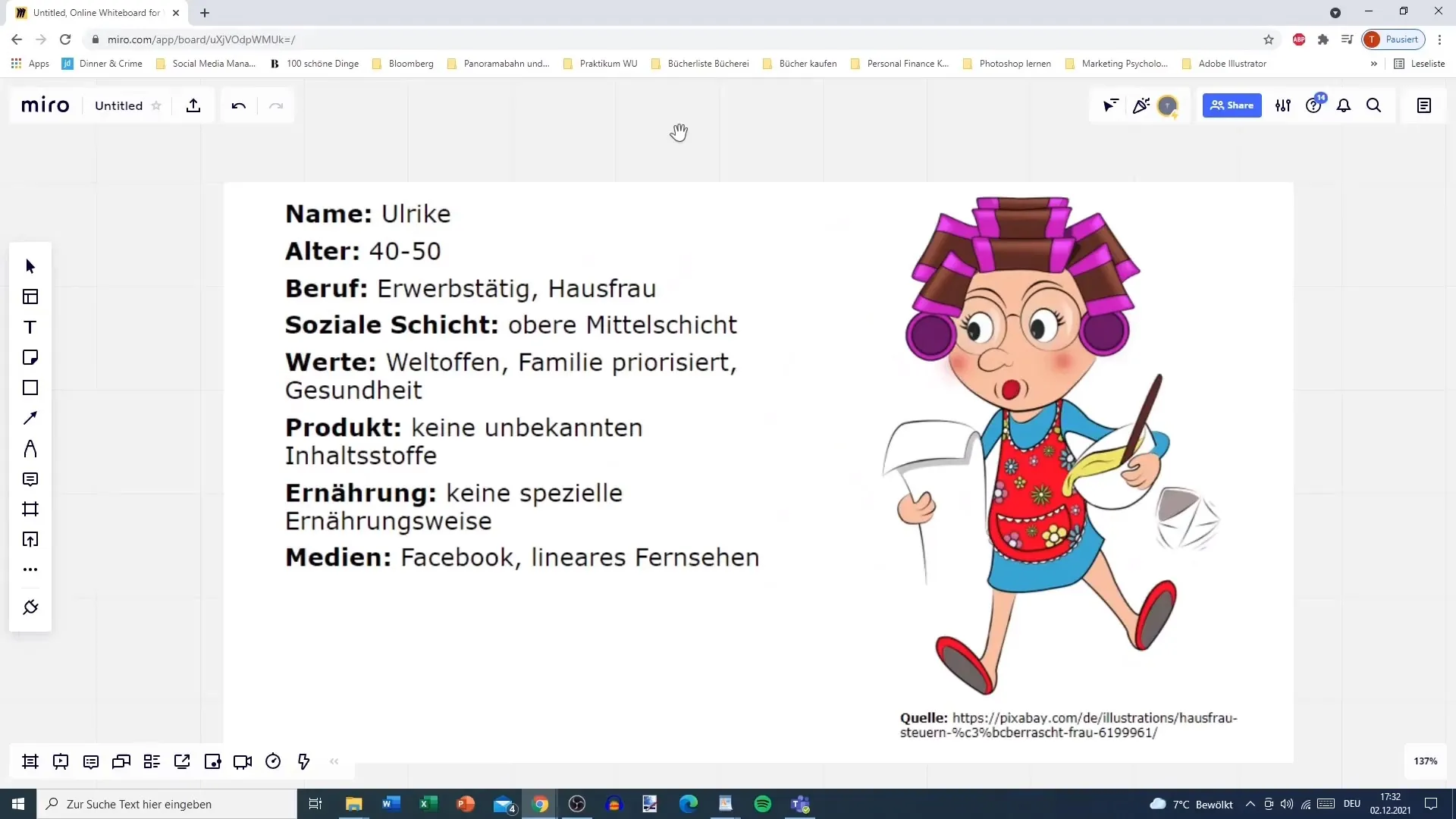Understanding your target audience is one of the key skills in marketing and product design. When developing products or services, it is essential to consider various aspects of your potential customers. One method that is excellent for achieving this is creating Personas. In this guide, I will explain step by step how to create a persona based on precise data and analysis.
Key Insights
- A persona is a fictional, generalized representation of your target audience.
- It helps you better understand the needs, behaviors, and goals of your customers.
- The elements of a persona include demographic information, behavioral characteristics, and social aspects.
- To create an effective persona, a thorough analysis of the data is required.
Step-by-Step Guide to Creating a Persona
Step 1: Establishing Basics
The first step in creating a persona is to define basic information. These are elements such as the name, gender, and age. To make the persona tangible, choose a name and a simple description. For example, you could name the persona "Sophie" and portray her as a 40-year-old woman. It is important that these basic details correspond to your target audience and make it clear who your persona is.
Step 2: Determine Occupation and Income
After establishing the basic information, move on to more specific details. Find out what occupation your persona has and what income she earns. This information is crucial for understanding the purchasing power and consumer behavior of your target audience. In our example, Sophie could work in marketing or be a homemaker. The income should align with the occupation and social class.
Step 3: Capture Behavioral Traits and Media Consumption
The next step is to examine behavioral traits. What media does your persona consume? Does she use social networks, read specific blogs, or watch television? Pay special attention to preferred media to determine how you can effectively reach your target audience. For example, if Sophie maintains an active Facebook account and regularly watches linear TV, then TikTok would not be the best platform to reach her.
Step 4: Clarify Values and Expectations
An essential aspect of creating a persona is understanding their values and expectations. What is important to your persona? Is it health, environmental awareness, or family orientation? Identifying these points directly influences how you position your product or service. For Sophie, values like openness and health could be crucial, especially when she buys products that are ecological and sustainable.
Step 5: Social Class and Lifestyle
The social class and lifestyle of your persona are the final key elements to consider. These not only influence purchasing behavior but also communication strategies. In Sophie's case, she could belong to the upper middle class. She may have a part-time job and be able to afford high-quality products, which would require adjusting your marketing strategies accordingly.
Step 6: Visualizing the Persona
To bring the information to life, add an image to the persona. It doesn't necessarily have to be a real photo; a comic image or an illustration can be just as effective as long as it connects with the target audience. For example, Sophie should have an image that resonates with your target audience and embodies the qualities you consider important.
Step 7: Validation through Data Analysis
Creating a persona alone is not sufficient. It is important to validate your assumed characteristics and values with actual data. Analyze statistics and possibly conduct surveys to ensure that your persona reflects reality. Avoid making things up; instead, use real, verifiable information to support your assumptions.
Step 8: Utilizing the Persona for Marketing Strategies
Once you have created your persona, you can use this information to optimize your marketing strategies. Consider how to integrate Sophie's values and expectations into campaigns to make your message authentic and appealing. Ensure that the media and channels you use align with your persona's preferences for effective communication.

Summary
Creating a persona is a strategic step to better reach your target audience. By considering demographic, psychographic, and social aspects, you gain valuable insights that help tailor products and marketing approaches directly to the desires and needs of your customers. Connecting real data with creative processes is the key to a successful persona.
Frequently Asked Questions
What is a Persona?A Persona is a fictional, generalized representation of your target audience that helps you understand their needs and behaviors.
How many personas should I create?It is advisable to create 2-3 personas that represent different segments of your target audience.
How often should I update my personas?Review and update your personas regularly to ensure they reflect the current target audience data.
How do I find out which values are important to my target audience?Through market analysis, surveys, and customer interviews, you can find out which values your target audience prioritizes.


